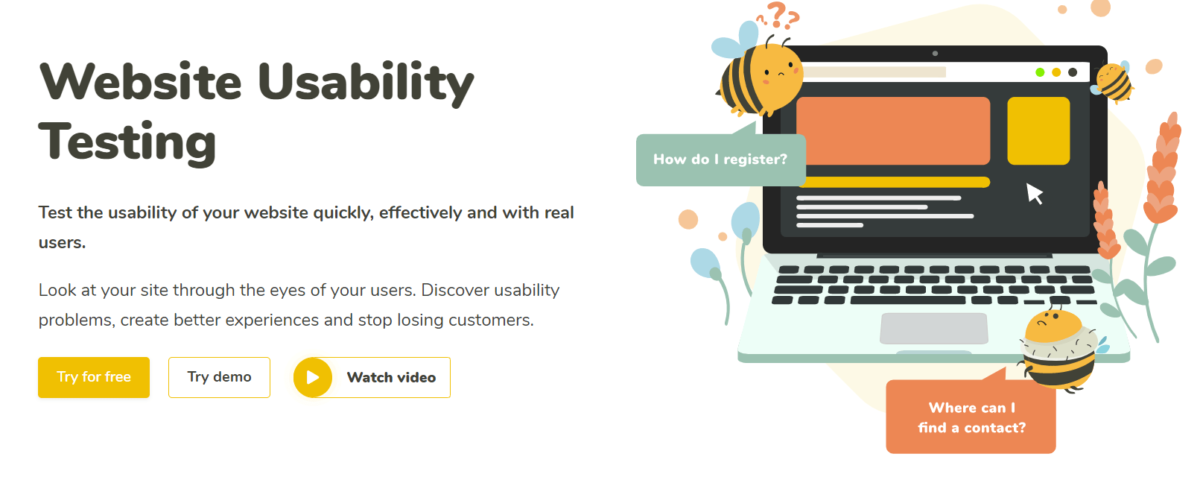Enhancing User Experience: A Comprehensive Guide to Usability Testing

Exploring Affinity Designer: A Versatile Tool for Modern Creatives
May 23, 2024
Mastering Blender: A Comprehensive Guide to 3D Creation
May 23, 2024Enhancing User Experience: A Comprehensive Guide to Usability Testing
Usability testing is a critical process in the development of digital products and services, ensuring that they meet the needs, expectations, and preferences of users. By evaluating how users interact with a product or system, usability testing helps identify usability issues, improve user experience, and increase satisfaction and engagement. In this comprehensive guide, we’ll explore the fundamentals of usability testing, its importance in product development, key methods and techniques, and practical strategies for conducting effective tests.
Thank you for reading this post, don't forget to subscribe!Understanding Usability Testing
1. What is Usability Testing?
- Usability testing is a method of evaluating a product or system by observing real users interact with it under controlled conditions.
- The goal of usability testing is to identify usability issues, assess user satisfaction, and improve the overall user experience of a product or system.
2. Why is Usability Testing Important?
- Improves User Experience: Usability testing helps uncover usability problems and design flaws that may hinder user interaction and satisfaction.
- Enhances Product Quality: By identifying and addressing usability issues early in the development process, usability testing helps improve the overall quality and usability of a product or system.
- Increases User Satisfaction: Usability testing helps ensure that a product or system meets the needs, expectations, and preferences of users, leading to higher levels of satisfaction and engagement.
Key Methods and Techniques
1. Moderated vs. Unmoderated Testing:
- Moderated Testing: Involves a moderator guiding participants through a series of tasks while observing and collecting feedback in real-time.
- Unmoderated Testing: Participants complete tasks independently without direct supervision, and their interactions are recorded for analysis.
2. Think-Aloud Protocol:
- Participants verbalize their thoughts, feelings, and actions as they navigate through the product or system, providing insights into their decision-making process and user experience.
3. Task-Based Testing:
- Participants are given specific tasks to complete using the product or system, allowing testers to evaluate usability, efficiency, and effectiveness in achieving task goals.
4. Surveys and Questionnaires:
- Participants provide feedback through structured surveys and questionnaires, assessing usability, satisfaction, and perceived ease of use.
Practical Strategies for Usability Testing
1. Define Clear Objectives and Goals:
- Establish clear objectives and goals for usability testing, outlining what you want to achieve and what aspects of the product or system you want to evaluate.
2. Identify Target Audience and User Profiles:
- Define the target audience and user profiles for usability testing, ensuring that participants represent the intended user base of the product or system.
3. Create Realistic Scenarios and Tasks:
- Develop realistic scenarios and tasks that mimic real-world usage scenarios, reflecting common user goals and workflows.
4. Select Appropriate Tools and Technologies:
- Choose usability testing tools and technologies that best suit your needs and objectives, such as screen recording software, usability testing platforms, and analytics tools.
5. Analyze and Interpret Results:
- Analyze and interpret the results of usability testing, identifying usability issues, patterns, and trends, and prioritizing them based on severity and impact.
6. Iterate and Improve:
- Use the findings from usability testing to iterate and improve the design of the product or system, addressing usability issues and implementing design changes based on user feedback.
Conclusion
Usability testing is an essential part of the product development process, helping to ensure that digital products and systems are intuitive, efficient, and satisfying to use. By understanding the fundamentals of usability testing, adopting key methods and techniques, and implementing practical strategies, organizations can improve the user experience of their products and systems, increase user satisfaction, and achieve business objectives. Embrace usability testing as a continuous process of improvement, listen to the voice of the user, and strive to create products and systems that delight and empower users in their interactions with technology.
For More Information: https://www.ecbinternational.com


